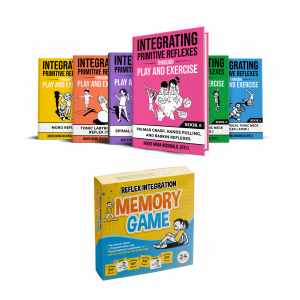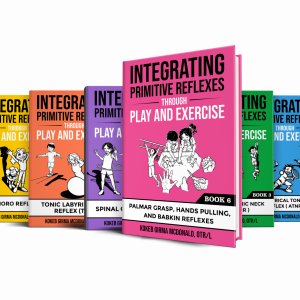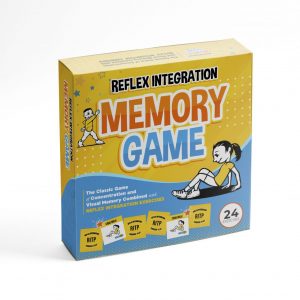Is your child’s messy behavior actually neurological? If you’ve ever wondered why your child seems constantly distracted, struggles with coordination, or can’t sit still, the answer may lie in an often-overlooked part of early development: primitive reflexes. In particular, the Asymmetrical Tonic Neck Reflex (ATNR) could be playing a major role.
In this post, we’re diving deep into the ATNR — what it is, why it matters, and how it might be showing up in kids with ADHD, sensory challenges, or delayed developmental milestones.
What Is the Asymmetrical Tonic Neck Reflex (ATNR)?
The ATNR is a primitive reflex that emerges in the womb and typically integrates by 6 months of age. You might recognize it as the “fencer’s pose” — when a baby turns their head to one side, the arm on that side extends while the opposite arm bends.
While this reflex is essential for early development (think: preparing for rolling and crawling), it can become problematic if it remains active beyond infancy. A retained ATNR can interfere with a child’s motor coordination, balance, visual and auditory processing, and more — impacting everything from handwriting to attention span.
Signs of a Retained ATNR
Children with an unintegrated ATNR may show signs such as:
- Poor coordination or clumsiness
- Difficulty crossing the midline
- Challenges with reading and writing
- Problems with posture and balance
- Disorganized or messy behavior
- Difficulty sitting still or paying attention
Sound familiar? These behaviors are often mistakenly attributed to personality or discipline issues — when in reality, they may be rooted in neurological development.
The Brain-Body Connection: Vestibular + Visual Processing
One of the most important aspects of reflex integration is understanding how the vestibular system (responsible for balance and movement) and visual processing are connected to the ATNR. If the reflex is retained, it can affect a child’s ability to visually track, maintain balance, and even process instructions in the classroom.
That’s why vision screening is a crucial component of any developmental assessment. What looks like inattentiveness or behavioral problems may actually stem from visual-motor disconnects.
Developmental Milestones Affected by the ATNR
The ATNR plays a role in many key milestones, such as:
- Rolling
- Crawling
- Bilateral coordination
- Midline crossing
If these stages are skipped or delayed, children may have difficulty with tasks like writing, tying shoes, or participating in sports. These aren’t just physical issues — they influence how a child engages with the world.
Activities to Support Reflex Integration
The good news? With the right tools, reflex integration is possible.
Therapists and parents can introduce targeted exercises that help the brain and body work together more efficiently. Some of our favorite strategies include:
- Cross crawls
- Body patterning activities
- Midline movement exercises
- Balance and vestibular work
These activities can be tailored to the child’s age and abilities, and when done consistently, they can lead to noticeable improvements in attention, coordination, and self-regulation.
Therapist Tips & Parent Support
For therapists, this episode offers practical ways to modify activities based on a child’s developmental stage — from play-based movement sessions to extracurricular suggestions that reinforce progress. Parent coaching and early intervention can make a huge difference in both home and school environments.
Final Thoughts
Whether you’re a pediatric therapist, educator, or parent, recognizing the role of the ATNR can completely reframe how you approach challenging behaviors and developmental delays. Instead of managing symptoms, you’ll begin supporting the neurological foundations of movement, learning, and regulation.
This series offers practical tools, fresh insights, and evidence-based strategies to support children more effectively — whether you’re just getting started with reflex integration or fine-tuning your current approach.
🎧 Tune in now to hear Kokeb’s breakdown — and let’s reimagine what’s possible through the power of play.
🎒 Ready to Bring Reflex Integration Through Play (RITP) to Your School or Therapy Practice?
👉 If you’re looking for ways to bring reflex integration into the classroom, check out the Reflex Integration Through Play at School program: RITP.info/school.
RITP at School Program is designed for school-based occupational therapists, educators, professionals who want to implement a flexible, play-based, brain-body approach.
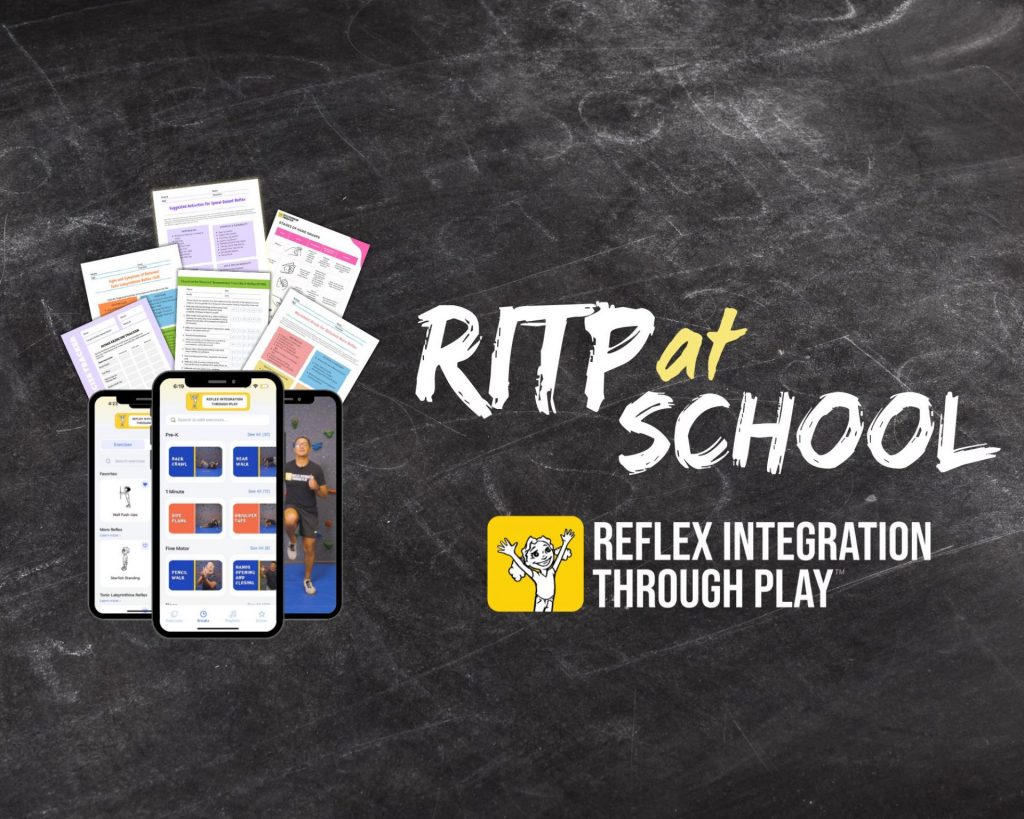
✅ AOTA-approved trainings
✅ Plug-and-play curriculum from Pre-K to High School
✅ Coaching calls to support your implementation
✅ Ready-to-use resources for both therapists and teachers
✅ Proven tools to improve focus, regulation, and learning in the classroom
Whether you’re supporting one school or many, this program gives you everything you need to equip teachers, empower students, and make a lasting impact.
🎒 Ready to Level Up Your Skills and Learn the Keys to Reflex Integration Through Play?
👉 For therapists and service providers wanting to level up their skills and bring a play-based approach to reflex integration, visit: RITP.info/certification.
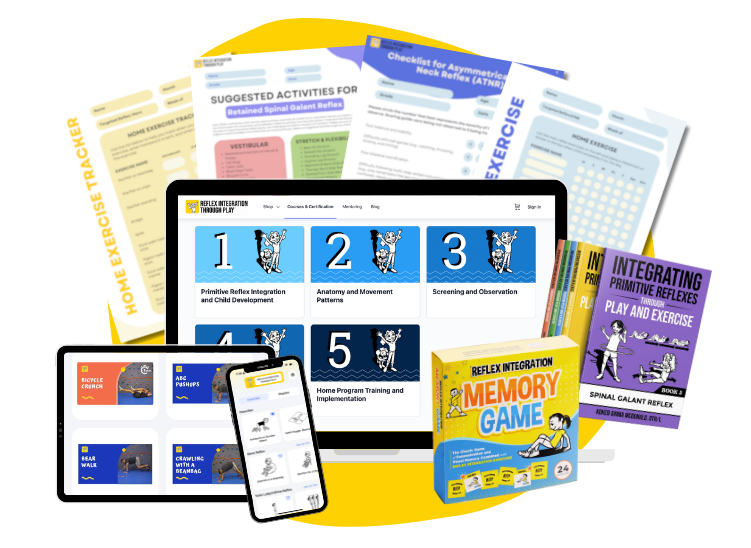
✅ Comprehensive, hands-on training to master reflex integration techniques
✅ Evidence-based methods that blend movement, play, and functional applications
✅ Step-by-step guidance to assess and address unintegrated reflexes
✅ Ongoing mentorship and coaching calls to support your clinical success
✅ Practical tools and resources to implement reflex integration with confidence
Whether you’re working with children, adults, or specialized populations, this certification gives you the skills, support, and strategies to create real, lasting change in your clients’ lives.



